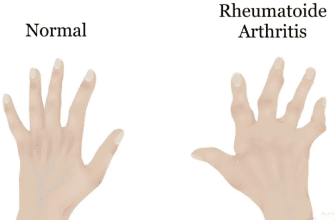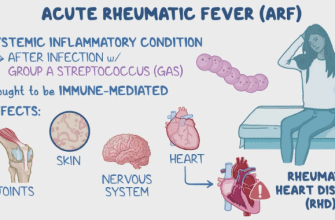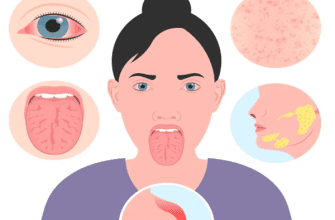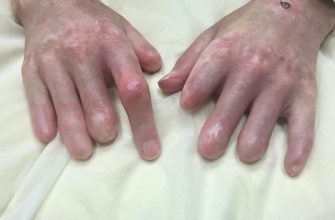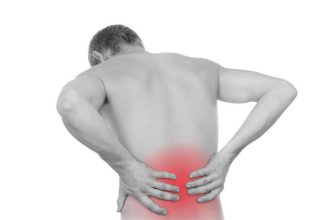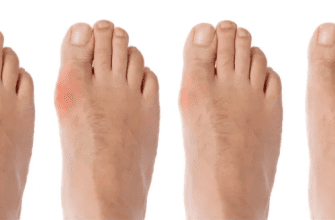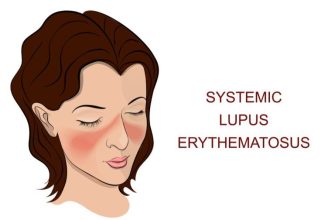What Is Parkinson’s Disease?
Parkinson’s disease (PD) is a progressive neurodegenerative disorder caused by the loss of dopamine-producing neurons in the brain. It primarily affects movement but can also impact cognition, mood, and autonomic functions.
Key Facts (National Institute of Neurological Disorders and Stroke – NINDS):
✔ Affects nearly 1 million Americans (expected to double by 2040).
✔ Typically develops after age 60, but 10% of cases occur before 50 (early-onset).
✔ No cure, but treatments can manage symptoms effectively for years.
Types of Parkinson’s Disease (Mayo Clinic & Michael J. Fox Foundation)
- Idiopathic Parkinson’s (Most Common – 85% of cases)
- No clear cause, likely due to genetic + environmental factors.
- Genetic (Familial) Parkinson’s
- Linked to mutations in genes like LRRK2, SNCA, or PARKIN.
- Secondary Parkinsonism
- Caused by medications, strokes, or toxins (e.g., antipsychotics, carbon monoxide).
- Atypical Parkinsonian Syndromes (More Severe)
- Progressive Supranuclear Palsy (PSP)
- Multiple System Atrophy (MSA)
- Corticobasal Degeneration (CBD)
Symptoms (Parkinson’s Foundation)
Motor Symptoms:
✔ Tremors (pill-rolling tremor at rest)
✔ Bradykinesia (slowed movement)
✔ Muscle rigidity (stiffness in limbs/neck)
✔ Postural instability (balance problems, falls)
✔ Shuffling gait (small, quick steps)
Non-Motor Symptoms:
✔ Loss of smell (anosmia)
✔ Sleep disturbances (REM sleep disorder)
✔ Depression/anxiety
✔ Cognitive decline (memory issues in later stages)
Diagnosis (NINDS)
- Neurological Exam – Tests for bradykinesia, tremors, rigidity.
- DaTscan – Imaging to assess dopamine transporter levels.
- Blood Tests/MRI – Rules out other conditions (e.g., stroke, tumors).
- Response to Levodopa – Improvement confirms PD.
No single test exists—diagnosis is clinical.
Treatment (American Parkinson Disease Association – APDA)
- Medications
- Levodopa/Carbidopa (gold standard for motor symptoms).
- Dopamine Agonists (ropinirole, pramipexole).
- MAO-B Inhibitors (rasagiline) to slow dopamine breakdown.
- Surgical Options
- Deep Brain Stimulation (DBS) – Electrodes implanted in the brain.
- Lifestyle Therapies
- Physical therapy (improves mobility).
- Speech therapy (for voice softening).
- Tai Chi/Yoga (balance + flexibility).
Prevention (CDC & APDA)
- Exercise regularly (reduces risk by 30%).
- Eat a Mediterranean diet (high in antioxidants).
- Avoid pesticides/toxins (linked to higher PD risk).
- Manage stress (chronic stress may accelerate progression).
No proven prevention, but healthy habits help.
Warning Signs: When to See a Doctor (Mayo Clinic)
Early Red Flags:
- Subtle tremors (finger, chin at rest).
- Smaller handwriting (micrographia).
- Loss of smell.
- Constipation (often years before motor symptoms).
See a Neurologist If:
- Symptoms interfere with daily life.
- Family history of Parkinson’s.
- No response to initial treatments.

